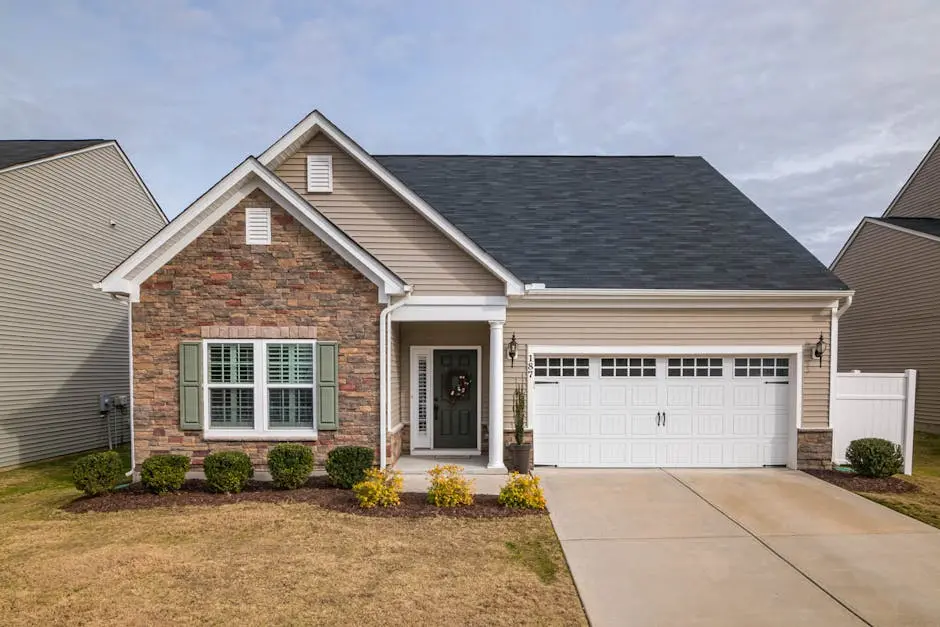Understanding how home equity works in a rent-to-own situation can be a bit tricky. This guide breaks down the key components of building home equity, especially when the path to homeownership is a bit unconventional. Let’s dive into what you need to know to navigate this unique situation effectively.
Understanding Home Equity
Home equity refers to the portion of your property that you actually own. It’s calculated by subtracting the outstanding mortgage balance from the current market value of the home.
In a traditional context, home equity grows as you pay down your mortgage and as the property’s value increases. This dual process allows homeowners to build substantial wealth over time, creating a safety net for future financial decisions.
Equity can be a powerful tool. It can be leveraged for loans, used to fund home renovations, or even for major life expenses. However, the way equity accumulates in a rent-to-own scenario is often less straightforward.
For those in a rent-to-own situation, understanding how equity is built can transform how you approach living in the home. Will you be investing in something that will eventually feel like yours, or is it just a waystation on a longer journey?
How Rent-to-Own Works
In a rent-to-own agreement, a portion of your monthly rent payment can contribute to the eventual purchase of the home. This differs from standard renting, where no equity is built.
To clarify, you typically sign a rental agreement that includes an option to buy. This means your rent payments might be partially credited toward the future purchase price, allowing you to build home equity slowly over time.
It’s a unique model that offers a path for those who might not immediately qualify for a mortgage. However, the specifics of this arrangement can vary widely. It’s essential to carefully review the terms; some agreements might allocate a larger percentage of rent toward equity than others.
If you’re considering this option, it’s wise to consult with experts. Understanding the fine print, such as the purchase price and timeframe for buying the home, can greatly affect your financial trajectory in this scenario.
Building Equity in Rent-to-Own
In a rent-to-own contract, you may start building equity as soon as you begin paying rent, depending on the terms agreed upon. Understanding how much of your rent goes towards equity is crucial.
Some contracts specify a fixed percentage of your monthly rent that will be credited toward the purchase price. Knowing this allows you to gauge how quickly you can accumulate equity, which is the ultimate goal for many renters looking to own.
The longer you stay in the agreement, the more equity you can theoretically build. However, if you choose not to buy the home at the end of the rental period, you may forfeit the equity you’ve built, turning your investment into a loss.
As you navigate this process, keep in mind that maintaining the property can also play a role in equity growth. If you make improvements, you might increase the home’s value, thus benefiting your future purchase.
Factors Influencing Equity Growth
Several factors can influence how quickly you build equity in a rent-to-own situation, such as property appreciation, the size of your down payment, and any improvements made to the home.
Market trends matter. In a booming market, the value of the home might appreciate significantly, giving you an edge. However, if the market declines, your potential equity might be negatively impacted, highlighting the risks associated with this type of agreement.
Your down payment can also play a significant role. If you are able to make a sizable upfront payment, it can directly influence how much equity you’re building from the start. This is one area where planning can really pay off.
Don’t overlook the impact of home improvements either. A well-maintained home not only adds comfort but can also elevate its market value significantly, allowing you to build home equity faster in a rent-to-own scenario.
Potential Drawbacks
It’s important to weigh the potential drawbacks, like higher overall costs or the risk of losing money if you decide not to purchase after a few years.
One drawback that often goes unnoticed is the potential for rent increases. If your rental payments rise, it might strain your budget and affect how much you can invest toward building equity.
In addition, if the property doesn’t appreciate as expected, you might end up paying more than it’s worth at the end of your rental term, which can feel like a betrayal of your investment.
The emotional aspect can’t be ignored either. The anticipation of homeownership can create pressures that complicate your financial decisions. It’s essential to recognize this and proceed with a clear strategy for your future.
Wrapping It Up
In conclusion, while building home equity in a rent-to-own scenario presents some unique dynamics, it can still be a viable pathway to homeownership. By understanding the terms of your agreement and actively engaging in the process, you can make the most of your investment.







